“Other presidents have lost arguments on the law. Nixon on tapes. Clinton on attorney-client privilege. But not credibility. No case turned on an alleged discriminatory motive of the president.”–Law professor Stephen Gillers
With varying degrees of fanfare, President Donald Trump has signed approximately 100 executive orders, directives, and proclamations in the four months since he took his oath of office in Washington, D.C. The vast majority of these have been either so uncontroversial or so inconsequential that they have barely registered on our national consciousness. No one, as far as I can tell, is inclined to challenge the order identifying new succession plans at the Justice Department. No one cares that the White House designated May as “Older Americans Month”—except, perhaps, those older Americans who are about to suffer from Trumpcare if congressional Republicans manage to pass it.
The story of the executive actions that have generated a furious response in court and on the streets—on immigration and policing, for example—is not just the cyclical story of a new administration earnestly working to undo years of what its leaders consider the poor policy choices of its predecessors. This time around, with a particularly undistinguished cast of characters, it is also an unprecedented story of how badly the White House and its tribunes have bungled the legal defense of the policies Trump promised his supporters he would deliver if they carried him to power. The Trump administration has taken arguably credible hands and, so far, has lost with them, mostly by undermining its own credibility with the nation’s judges.
A president has sweeping constitutional and statutory authority to implement immigration policy, whether it has to do with the detention and deportation of people here unlawfully or of people yearning to come here to escape violence or poverty in their own countries. Yet the legal arguments government lawyers have made on behalf of Trump’s first “travel ban,” and now the second one, have faltered. The factual justifications for the ban have been weak and premature, which helps explain the string of legal defeats for Trump on both coasts.
But the bigger problem for the administration has been the historic disconnect between what government lawyers have been arguing in court and what their boss, the president, has been saying beyond it.
“The key point,” says Omar Jadwat, an ACLU attorney who works on immigration issues, “is that in the ban and sanctuary cases, the courts have simply taken the president and other officials at their word. To discard that evidence would be erasure, not deference.”
In other words, the federal judiciary is currently paying less attention to the statutory and constitutional constructions offered by federal lawyers and more attention to the rhetoric the president and his mouthpieces are uttering to audiences around the country. Their verbal outpouring would be a fine strategy if it were helping the administration’s case in court. It’s not. Never before have a White House and Justice Department sabotaged their own executive orders the way these officials have. Never before has the federal judiciary been so unwilling to give the executive branch the broad deference it’s typically owed.
Part of the problem for the Trump administration is a feature inherent in our constitutional system of checks and balances. Every modern president, from Harry Truman to Barack Obama, has had to fight in court over the scope of his executive power. The Supreme Court famously checked Truman’s power in 1952 in Youngstown Sheet & Tube Co. v. Sawyer, after the president tried to seize the nation’s steel industry to thwart a strike during the Korean War. Last year, in a case styled United States v. Texas, the Supreme Court blocked Obama’s signature immigration initiative when a 4–4 tie left in place a lower-court ruling that had struck down the plan.
Truman lost because he pushed too far too fast. Obama lost because his opponents forum shopped their case in Texas. It was never going to be easy for the Trump team to impose its “American carnage” motif on the rest of the country, but it wasn’t supposed to be this hard, either. Trump undermined both iterations of the travel ban with his proud and persistent claims of the need for a “Muslim ban,” and then compounded the error by keeping that racist pledge on the campaign’s website until May. The government lawyers “are already hemmed in by Trump’s campaign rhetoric,” says Stephen Gillers, the NYU law professor and legal ethics specialist. “They can only ask the courts to ignore it.”
Judges generally don’t like to ignore evidence, especially when they believe it to be reliable. U.S. District Judge Leonie M. Brinkema, a Clinton appointee, identified early on in this saga the flaws in the Trump team’s defense of its executive actions, in the span of just a few pages in her February ruling that helped block implementation of the Trump team’s first travel ban. “The ‘Muslim ban’ was the centerpiece of the president’s campaign for months,” she wrote in Aziz v. Trump. And the executive order that followed “was not motivated by rational national security concerns,” because “there is no evidence that such a deliberative process took place. To the contrary, there is evidence that the president’s senior national security officials were taken by surprise.”
Judge Brinkema also highlighted the dubious contribution that Rudy Giuliani has made to the administration’s disastrous legal history so far. Even after the president signed his first travel ban order, she noted, the former New York mayor (and current administration shill) was telling people that Trump lawyers ginned up the neutral-sounding language of the order to justify a “Muslim ban.” That is why another federal trial judge, this one in Michigan, recently ordered the administration to produce the so-called “Giuliani Muslim Ban Memo.” It is also why no fewer than 10 judges on the Fourth U.S. Circuit Court of Appeals concluded that “religious intolerance, animus, and discrimination” drips from the vague, seemingly innocuous text of the order. No court so far has been willing to separate the text from the context—and there is no guarantee that five justices on the Supreme Court will do so, either, as they take up the case on expedited review.
This is extraordinary. Judges do not typically look beyond the four corners of an executive order to glean meaning from its context. Judges in fact typically bend over backward to defer to the executive branch—which explains why the vast majority of executive orders aren’t ever enjoined for a single minute. Nor do rational executive officials ever make extrajudicial statements that undermine the credibility of the legal arguments of their case. We are, as Professor Gillers says, in uncharted territory. There is nothing Trump and company can do to remedy the error; the question of whether discrimination motivated the travel ban—a question Trump himself raised and promoted—now is inseparable from the case, even though the administration is telling the Supreme Court that the president’s candid, discriminatory remarks were “an offhand, six-word statement.” It is also the best argument Trump foes have to kill the ban forever.
The credibility of government lawyers—the gulf that exists between their arguments and the positions taken by their clients in this administration—helps explain why the federal courts have blocked the administration’s “sanctuary cities” policy expressed in an executive order issued on January 25. The initiative is supposed to bully those jurisdictions with relatively progressive policing policies toward undocumented immigrants into compliance with federal immigration law. President Trump and Attorney General Jeff Sessions have threatened those jurisdictions with a withdrawal of the federal funding on which they base their budgets.
Another landmark Trump initiative delayed, perhaps indefinitely, because a few preening egotists wanted to score political points.
The Trump order was promptly challenged, an injunction was requested, and in April a federal judge in San Francisco heard arguments. At that hearing, government lawyers tried to downplay the effect of the executive order, telling U.S. District Judge William Orrick III that the Trump order would not materially harm the targeted jurisdictions because the federal funding withheld would not be as broad as the president and his attorney general had suggested. The only funding at stake, Trump’s lawyer told the judge, was Justice Department grants, a small fraction of the federal money funneled to those cities and towns. Judge Orrick replied that that wasn’t what the order said, and then he proceeded to enjoin it.
“If there was doubt about the scope of the order,” the judge wrote, “the president and attorney general have erased it with their public comments.” In other words, another federal judge paid attention to what top administration officials said and rejected the subsequent arguments made by administration lawyers. If the “sanctuary cities” executive order meant as little as federal lawyers were arguing in court, Judge Orrick asked, then why were the clients out in public extolling the economic pain the order was supposed to inflict on recalcitrant jurisdictions? The administration was effectively saying two different things simultaneously, and once again a federal judge took the president, and not government lawyers, at his word.
None of this means, incidentally, that the administration won’t ultimately prevail if and when these cases reach the U.S. Supreme Court. The five conservative justices on the Court are likely to take a much broader view of executive power and a much narrower view of Trump’s anti-Muslim statements, because they can and because the administration’s immigration argument isn’t as weak as it’s been portrayed. What the administration already has lost, however, is time. Unless the justices in Washington decide to expedite the case and hold a special oral argument this summer (don’t bet on it) there won’t likely be a ruling on it until sometime next spring, more than one year after the first travel ban order was originally issued.
Andrew Cohen is a senior editor at the Marshall Project, a fellow at the Brennan Center for Justice, and a senior legal analyst with CBS Radio News.

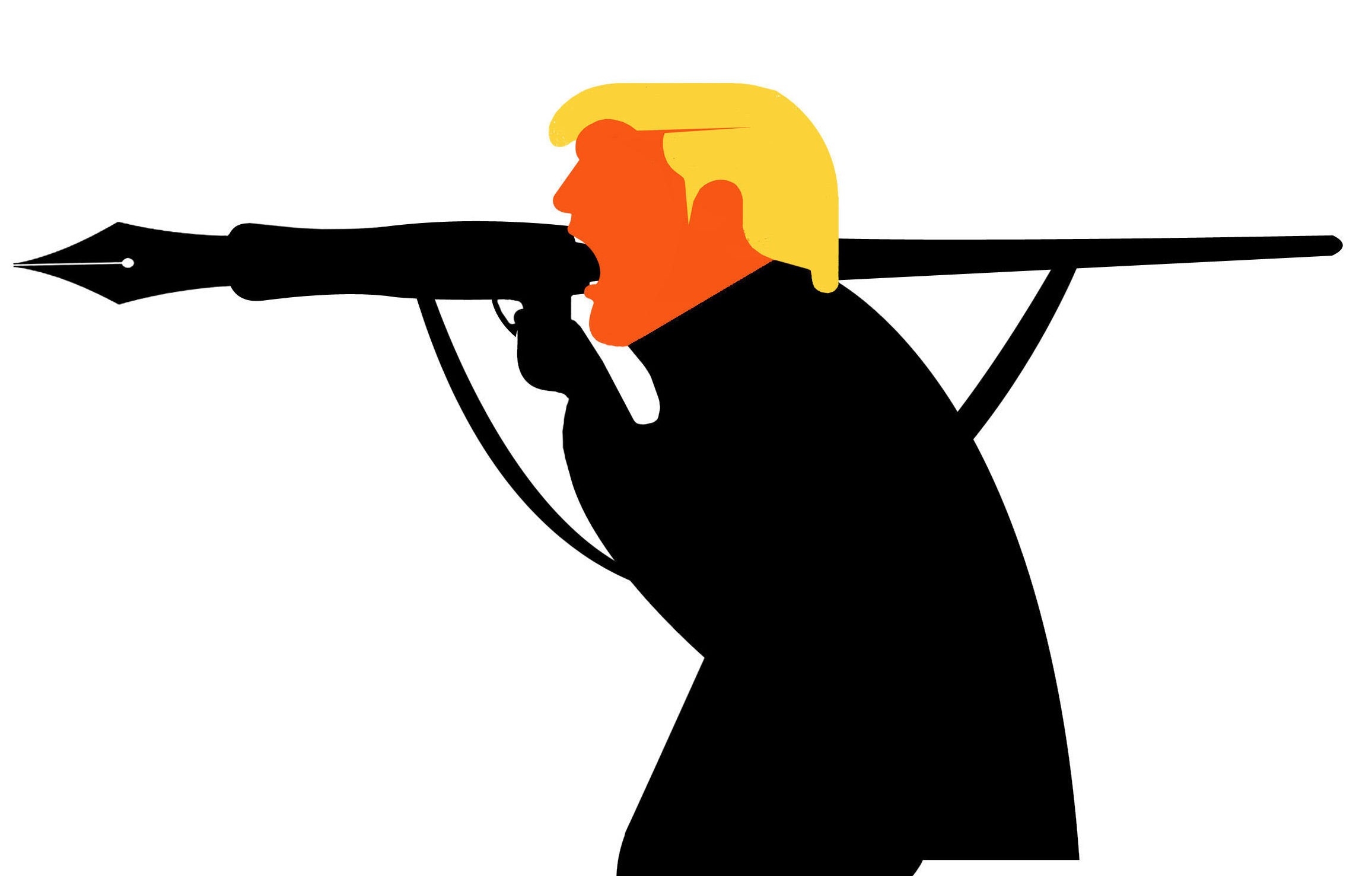
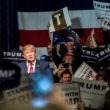
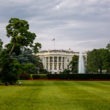
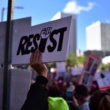
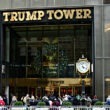

Nice article but just come out and say that a city that will not cooperte with the Feds in turning over illegal immigrants is in clear violation of law. The Supreme Court will back trump on that as it should
Please try to be objective and not so partisan. Be honest and simple. Roy Sicular